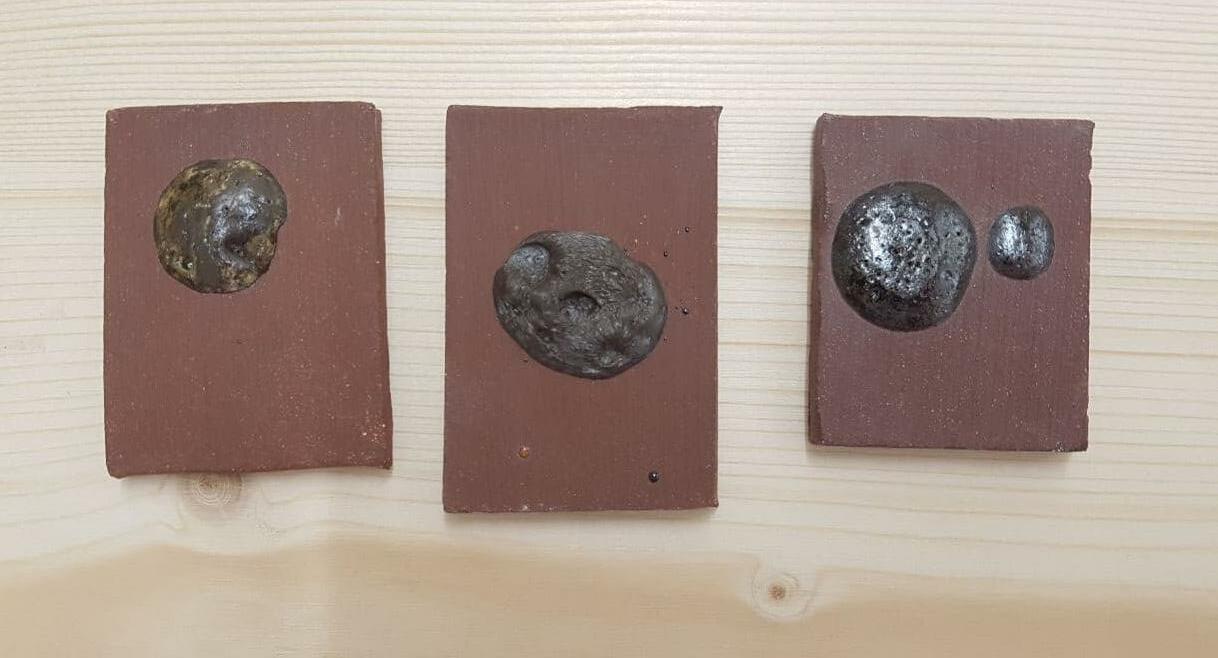Manufacturers have also extensively tested and standardized their materials and have not had to do so under semi-amateur conditions. Unexpected results and properties are both a downside and an advantage of wild clay. The most common, red-firing terracotta, is not very popular among ceramists. At low firing temperatures, the products do not vitrify and remain somewhat porous. Such pottery should be covered with a glaze to make it waterproof and food safe. Historically, glazes designed for low temperatures contained toxic lead. Today, it has been abandoned in favor of frits, a specially industrially formulated glass. A large number of ceramists choose clays that fire light colors because they are a good base for colored glazes since the hues look more pronounced on them. Higher firing temperatures allow for more experimentation with glazes. On the other hand, it’s worth pointing out that a lower furnace temperature equals less energy consumption, lower production costs, and less environmental impact.
On the clay minerals Properties of Bacherplatz clay led us to contacting professor Franz Ottner, working at the Institute of Applied Geology at the University of Natural Resources and Life Sciences in Vienna. With his guidance, we conducted the following examinations: particle size distribution through sieving method, sedimentation analysis with Sedigraph, and X-ray diffraction for determining the mineral composition of the clay. We selected three samples of Viennese urban clay for our study. The clay from Karlsplatz as the one excavated 22







